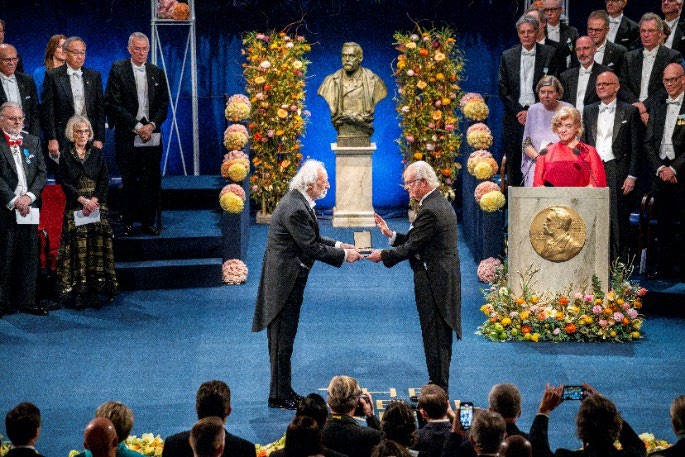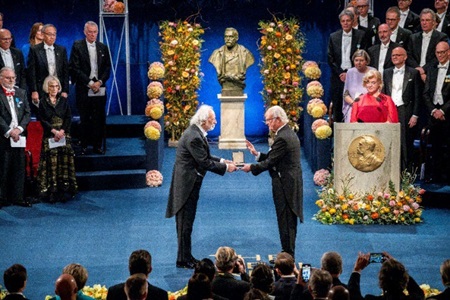Nobel laureate Pierre Agostini, winner of the 2023 prize in physics, will headline a special two-day event hosted by the University of Tokyo on Sept. 26-27. The keynote lecture by Agostini, renowned for this pioneering work in attosecond science, will be part of a larger symposium bringing together researchers from around the world to celebrate the university’s planned Attosecond Laser Facility (ALFA), and discuss the latest developments and future directions of attosecond science.
Have you taken a photo of a fast-moving animal or vehicle and noticed how blurry the subject can be? This is likely because the faster a moving subject is, the faster the camera’s shutter needs to be to freeze the subject in time. Now imagine you wanted to capture an image of something moving really fast, but that was also really tiny. You’d need increasingly fast shutter speeds for this. This situation is analogous to one at the cutting edge of science, where biologists, chemists and physicists strive to capture images and other data about fast-moving particles, some literally the smallest and fastest things we know to exist, which is where attoseconds come in.
So that we’re on the same page, the scales of time below a second are as follows: There are 1,000 milliseconds in a second, 1,000 microseconds in a millisecond, 1,000 nanoseconds in a microsecond, 1,000 picoseconds in a nanosecond, 1,000 femtoseconds in a picosecond and 1,000 attoseconds in a femtosecond. There are 1 quintillion (1x1018) attoseconds in a single second: That’s more attoseconds per second than years since the universe began. You get the idea, attoseconds are incredibly short. But why are such minute fractions of time important to researchers?

“We use lasers a lot for taking different kinds of measurements of a wide range of samples. For example, you can shine laser pulses of femtosecond duration at a sample and get back the signal for the vibration of a single molecule in the sample,” said Professor Kaoru Yamanouchi, director of the Institute for Attosecond Laser Facility (I-ALFA). “But to view even smaller things, such as protons and electrons, you need even shorter laser pulses in the range of attoseconds. That is why we are launching a dedicated facility, ALFA, for this field.”
With attosecond laser pulses, researchers have demonstrated the ability to capture the vibrations and movements of single electrons as they move around and perform key functions in things like chemical bonding or reactions. This feat is useful in several research areas which could yield game-changing applications in the near future. One is in making ultrafast electronic switches, which would usher in a new era of faster electronic devices. Another is in biological and medical imaging, where attosecond laser pulses could allow samples to be nondestructively imaged at high spatial resolution. A third is in materials research, in which being able to record the way electrons move through a material is the first step towards controlling such electrons, an idea that could lead to more advanced materials.
“These downstream applications demonstrate the very real need for a facility to perform basic research in this area,” said Yamanouchi. “Though some other facilities for attosecond laser science exist elsewhere in the world, ALFA, which is in the planning stages, is unique, partly because its four laser-beam devices will be open to researchers all over the world, and also because our system is especially robust and provides stable and well-characterized attosecond pulses for making accurate measurements. The attosecond science community recognizes this, which is why we are having this symposium.”
The first day of the event will begin with a grand opening ceremony at the University of Tokyo’s Yasuda Auditorium, where attendees will experience the world premiere of ALFA’s specially composed theme music, performed on a storied grand piano. Following the opening, Agostini will deliver his keynote lecture, which will be available with simultaneous interpretation in Japanese for those attending in person. The second day of the event will feature a closed symposium for researchers, focusing on the most recent advances in attosecond science. This symposium will provide a platform for in-depth discussions and collaborations among the world’s leading experts, fostering the development of new ideas and research directions in this emerging, evolving interdisciplinary field.







